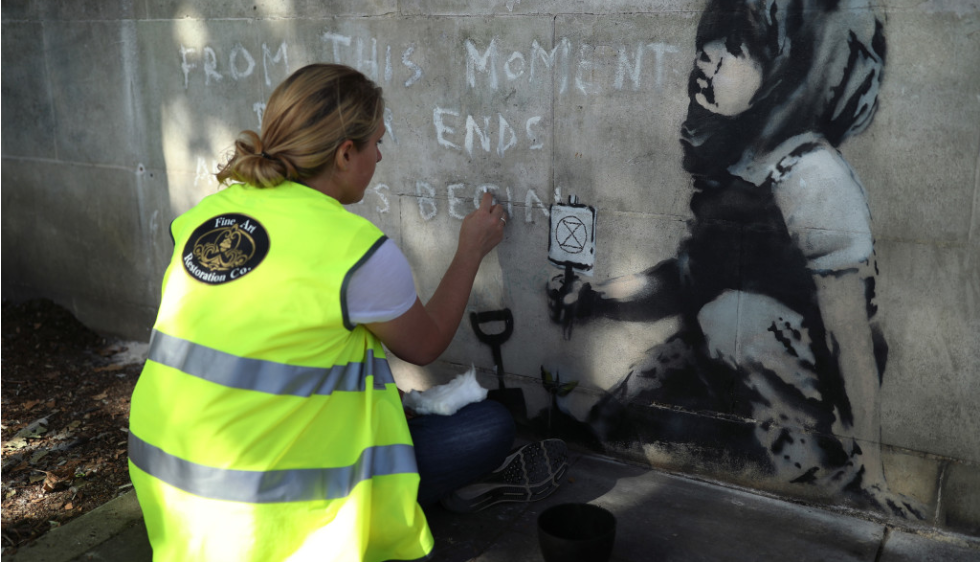Snowy winter makes the darkness even darker. At two of the secondary schools in our local area, reflex use is frighteningly bad. “Attitudes need to change,” says Trygg Trafikk.
Last Friday morning, Oppegård Avis launched a survey of two of the secondary schools in our area. The result is a little scientific but still sensational. From 0745 and about half an hour we observed the students who went to the secondary schools at Fløysbonn and Ingieråsen.
On the way to Fløysbonn, 49 students passed our car. Seven of them used reflexes. At the same time, another of us parked in Edvard Grieg’s road and observed 110 pupils coming to Ingieråsen school. Of these passers-by, we noted 83 persons without reflex. Of the 27 students with reflexes, one of them wore reflective vests. Some used reflexes around the arm, while others had it attached to the bag.
FIND FORWARD: Hans Martin Sørensen in Trygg Trafikk Viken says youth and adults are significantly worse at reflex use than children.
“This was a low number who used reflective material, but we know from our studies that the numbers of youth and adults who use reflex are generally low throughout the country,” says Sørensen.
He points out that it is extra important to use reflex now when the snow is not and it gets extra dark in the morning and evening.
The more reflex you use, the easier you are seen. If you use reflex, the motorist has more time to react than if you go without.
Conscious parents
Principal Erling Berrum at Ingieråsen School says that they have regular urges to use reflex.
“There is guaranteed room for improvement. All students should reflex when it is as dark as these days. It is important to change the attitude of the youth to reflex, and then it is important that the parents also get involved,” says Berrum.
On Tuesday this week, Trygg Trafikk presented a new survey showing a decline in reflex use among the Norwegian population. The reflections for 2019 show that the proportion of Norwegians using reflexes fell to 41 percent from 44 percent in 2018.
lifeguard
Hans Martin Sørensen in Trygg Trafikk has clear answers on how attitudes can be changed:
“A small reflex can be a lifesaver now as it is dark both in the morning and in the evening. Much of the job is probably about “bothering” to put the reflex on because we know that many have plenty of reflexes lying in both drawers and cabinets. Finding the reflexes and putting them on is the best tip,” says Hans Martin Sørensen.
Sten Tore Svennes, municipal director of upbringing in Nordre Follo, encourages both young people and adults to use reflective tape.
“This is an important topic that can often be addressed in the youth’s bodies such as class councils, student councils and youth councils and by the parents of the FAU. I would also encourage parents and others who meet the youth through sports associations, culture, and other leisure areas to help focus on reflex use and to use reflex themselves.”

